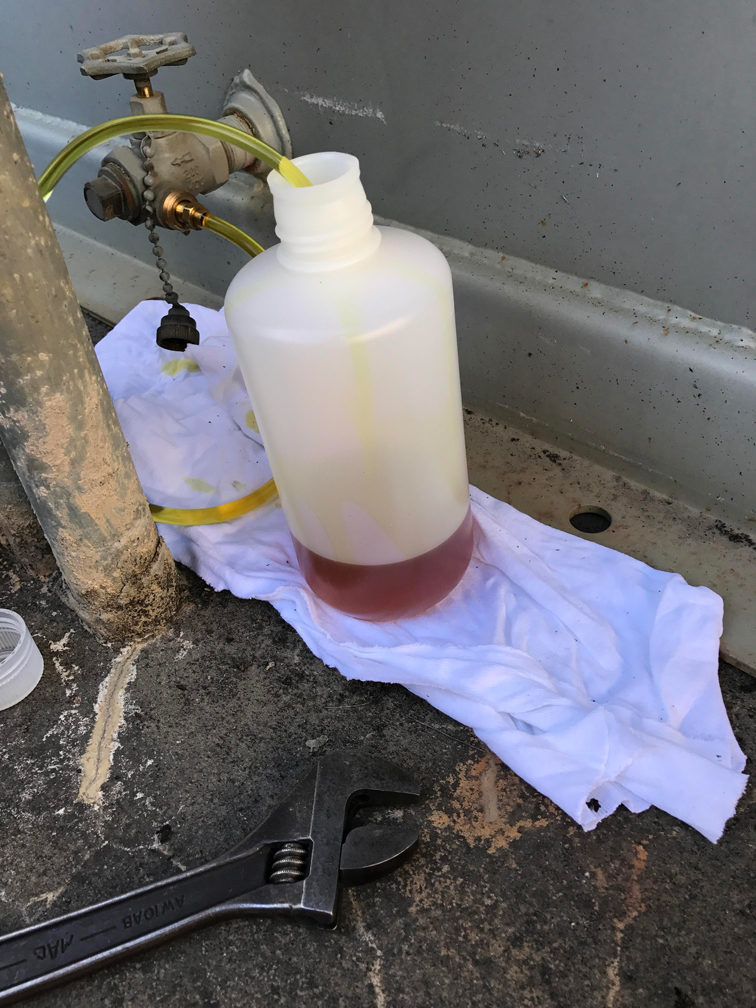The power company, or you, decide you need to de-energize a circuit. You rack out and remove your trusted 1960’s vintage breakers, of course you are suited up in the proper level PPE (Personal Protective Equipment). You then dust off your vintage ground and test device and install it in the cubicle. Connect the motor […]
Tag: technician
The Importance of Acceptance Testing
Before we can begin to talk about “Acceptance Testing”, you may or may not understand the phrase. Acceptance Testing pertains to all new electrical components. These are either purchased from a distributor, or even a manufacturer, but have never been put into “service”, i.e. energized. When a building is being remodeled, or even rebuilt, a […]
Effects of Frozen Moisture in Oil Filled Equipment
Good Old, Quality H2O! Recently, the temperatures have been rather cold in the Washington DC area. We hit a week of temperatures below 20°F. Yes, I know; not very cold when compared to our northern states or Canada. But it still brought up some very good talking points. Do you test equipment below 0°C (32°F)? […]
General Electric Multilin Protective Relaying
Multilins SR745 & SR750 Model Power Supply Issues: Recently, I have been tasked to perform some relay testing on multiple General Electric SR relay models. But in particular, the issues experienced have been with the original model SR745 (Transformer Protection Relay) and the SR750 (Feeder Protection Relay) models. Here are examples of the Original and […]

Transformer Oil – What is it, and why sample?
Transformer oil is a liquid that is stable at high temperatures and has excellent electrical insulating properties. Typical motor oil that most people think of, is not the type of oil in a transformer. Transformer oil keeps the transformer cool. It also insulates the transformer and allows electrical components to be more compact than free air apparatus. […]
Electromechanical Relay – Contact Cleaning
Electromechanical Relay – Contact Cleaning Equipment owners often wonder the importance of maintenance on any variety of equipment. Some owners would even say that electrical maintenance is a waste of money. I have a demonstration of an electromechanical relay with dirty contacts. When watching the video, notice the contact below the coil begins to vibrate. […]
Electromechanical Relay – Basic Operation
Electromechanical Relay Operation Above is a brief video of an electromechanical relay operating at 3 different fault magnitudes. These fault magnitudes are based off of the relay setpoint – 200% fault, 400% fault, and 600% fault. The relay set point is based off of the CT ratings and the bus/cable/load ampacity ratings. Electromechanical Curve Shape […]
How to Determine Distance for Ground Resistance Testing
This topic can be extremely complicated. So here is a quick run down. Many people often ask, “how far out do you need to run leads to the furthest rod?” This is not a linear calculation. If you are talking about a grounding delta that is 10′ x 10′ x 10′, you could be running […]